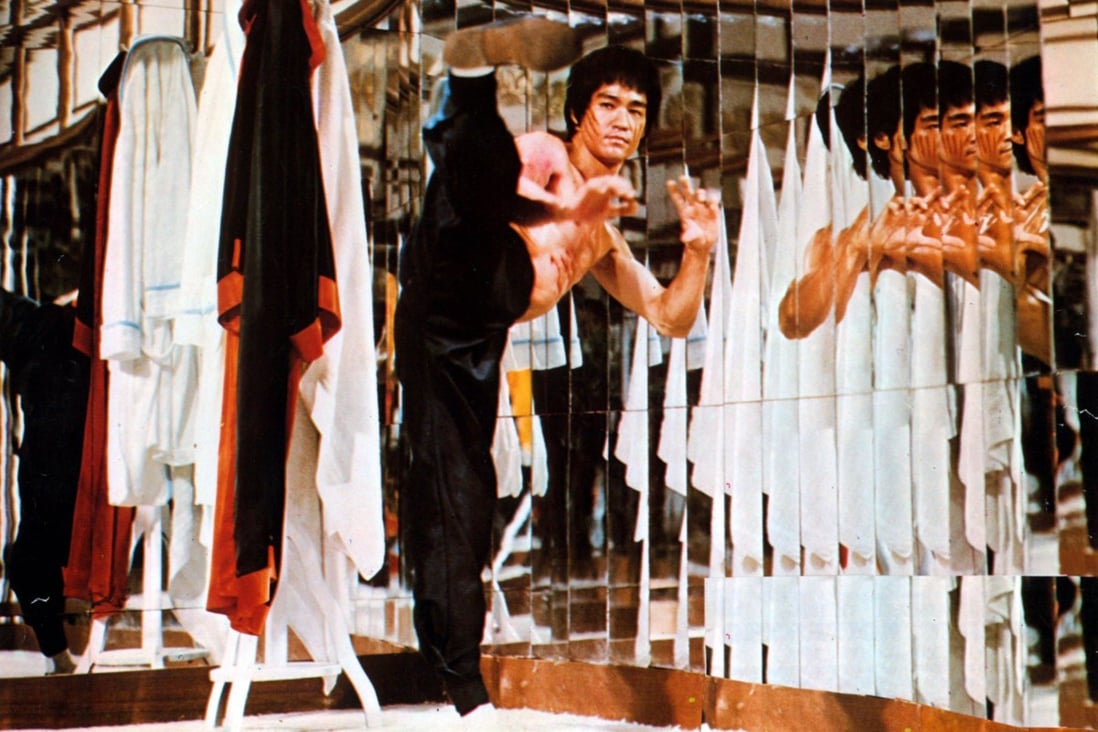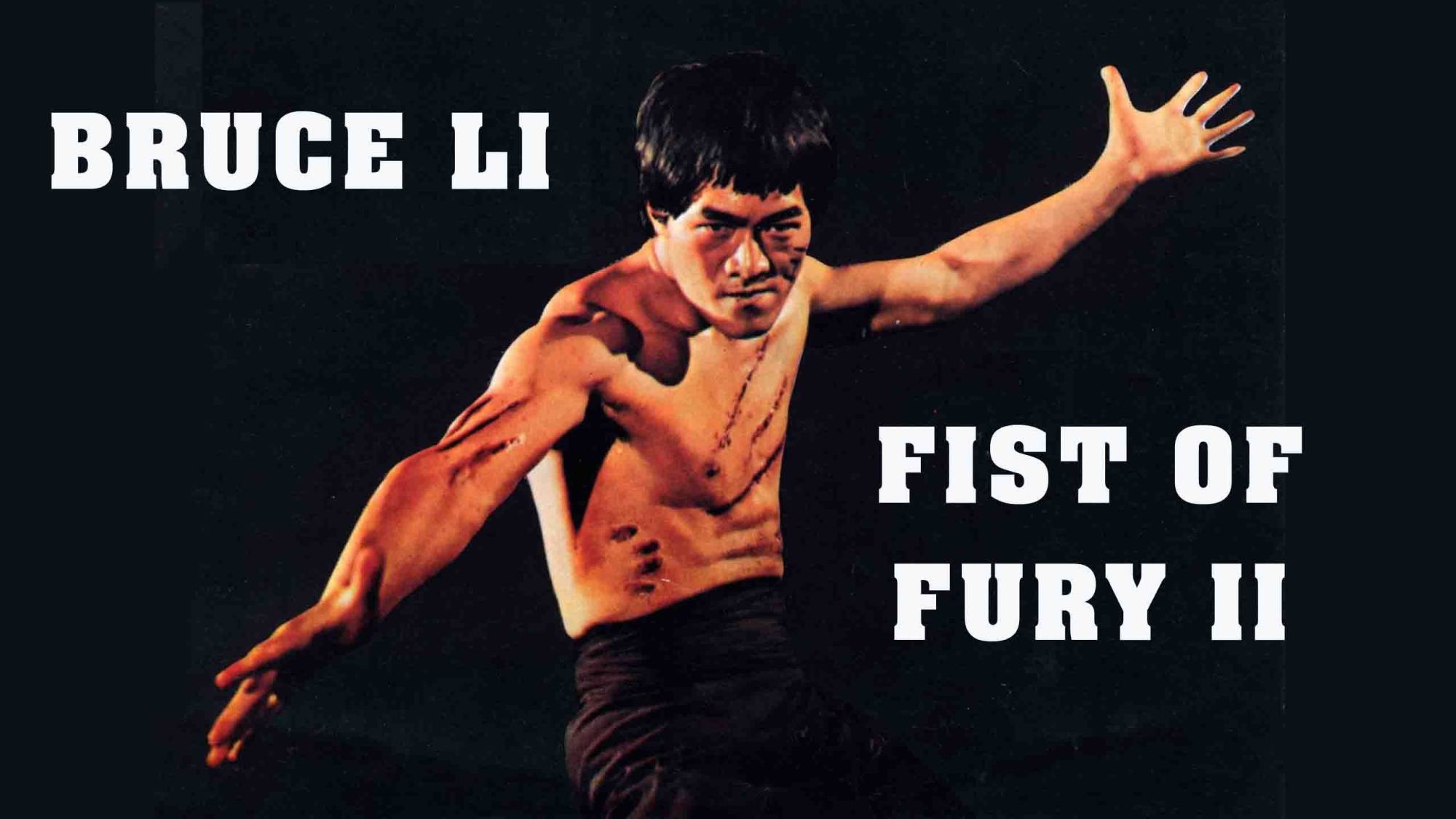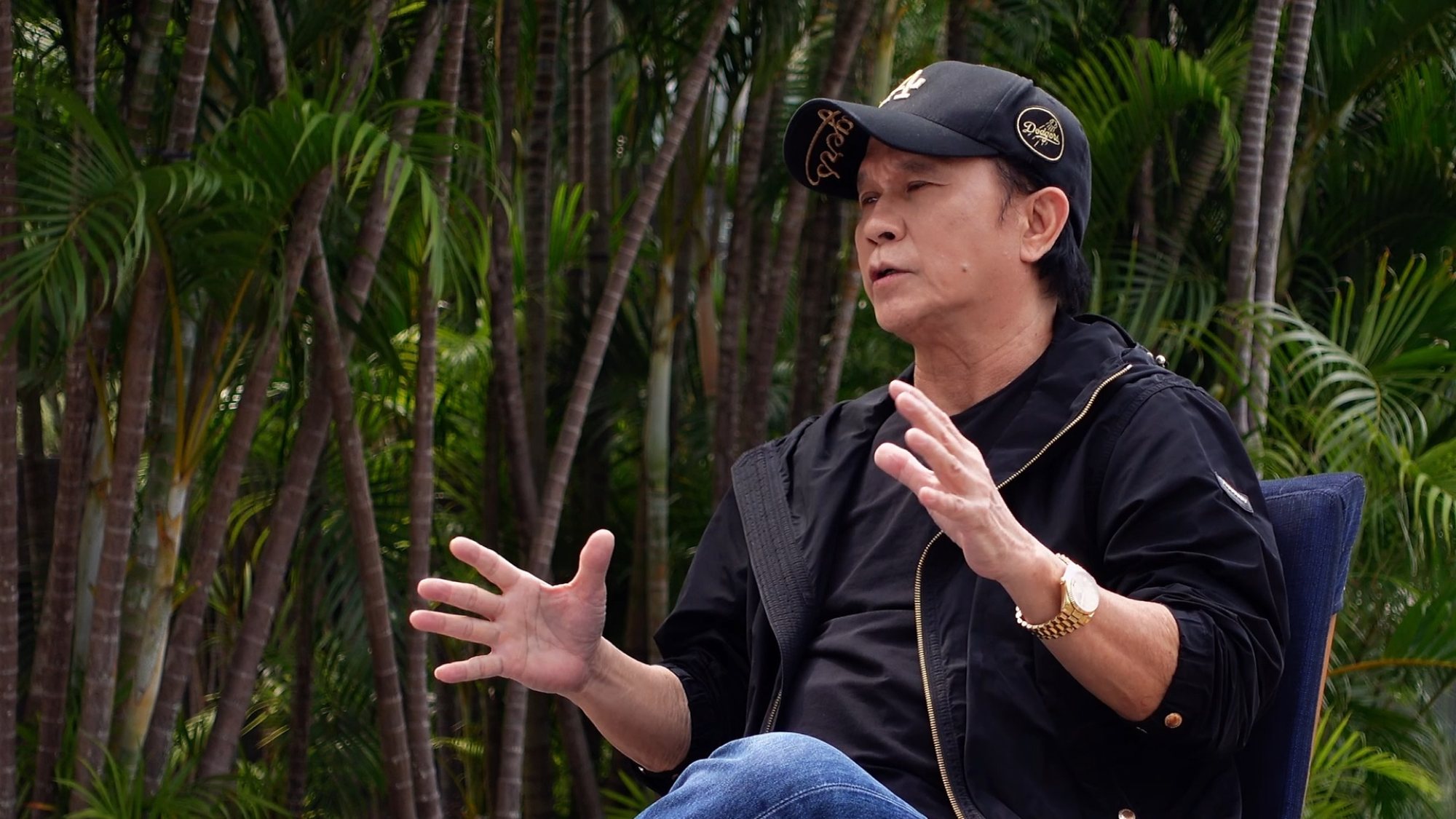Bruce Le, Bruce Li, Bruce Lei – ‘Bruceploitation’ martial arts actors tracked down for documentary about how they imitated Bruce Lee after his death
Film producers cashed in on Bruce Lee’s fame after his death, releasing dozens of low-budget kung fu films with lookalike actors like Dragon Lee and Bruce Li
David Gregory, who started filming his documentary Enter the Clones of Bruce in 2016, talks about making the film and getting the fake Bruce Lees to take part
James Marsh
Published: 4:15am, 28 Jun, 2023

After the death of Bruce Lee (above in a still from “Enter the Dragon”), film studios started cashing in on his fame, releasing low-budget kung fu films starring lookalike actors with similar names. Photo: TNS
As the 50th anniversary of martial arts icon Bruce Lee’s death approaches, a new documentary investigates a bizarre phenomenon that erupted in the wake of the Little Dragon’s untimely passing.
Enter the Clones of Bruce, directed by documentarian and film preservationist David Gregory, charts the wave of low-budget kung fu films that emerged from Hong Kong almost immediately after Lee’s death, starring a slew of imitators in a subgenre known as Bruceploitation.
At the time of his death, on July 20, 1973, Lee had completed just four martial arts films. The last of these, the US-Hong Kong co-production Enter the Dragon, would be released a month later and became a smash hit around the world.
The film cemented Lee’s status as the face of the genre, and created an unprecedented explosion of interest in kung fu cinema.
Now this new-found global audience demanded more, and as producers went in search of the next Bruce Lee, their less than scrupulous contemporaries took a faster and cheaper path: as-yet-unestablished martial artists were dressed up to look like Lee, and rechristened Bruce Li, Bruce Le, Dragon Lee, or Bruce Liang in titles that deliberately evoked Lee’s earlier hits.
While Lee’s family and Golden Harvest – the studio that made him a star – could do little more than stand idly by, a torrent of films were rushed into theatres.

Bruce Li in a promotional image for the film “Fist of Fury II” (1977).
Some attempted to process Lee’s death, others told heavily fictionalised biographies, often relocating the actor’s San Francisco birth to China. Some brought him back from the dead, while others merely dressed their stars to resemble the iconic leading man.
To this day, barely a year goes by without a character somewhere appearing in a yellow jumpsuit or emitting Lee’s signature shriek as he thumbs his nose.
That none of these cash grabs matched the quality of Lee’s cinematic canon goes without saying, and most have been forgotten in the decades since their brief release.

Bruce Le in a still from “Enter the Clones of Bruce”.
What Gregory’s film attempts to do, however, is reappraise these works, document the different ways they capitalised on Lee’s legend, and find value in them today. Crucially, the film also features candid, sometimes emotional conversations with the actors themselves, and how their time emulating – or ripping off – Bruce Lee has affected their lives.
Convincing Lee’s on-screen clones to participate wasn’t always an easy task, and required a good deal of persuasion from Gregory and his fellow producers, expert on Hong Kong cinema Frank Djeng, and Michael Worth, author of The Bruceploitation Bible.
Gregory spoke to the Post in an interview earlier this month about his labour of love, which he began filming in 2016.
“What took so long was that I was holding out for Bruce Le,” Gregory says, referring to Burmese-born martial artist Wong Kin-lung, whose debut in the genre was in The Big Boss Part 2 (1976), which continued the adventures of Lee’s character.
“He was the most prolific, and without him I felt it would never be complete. Eventually we started editing the film without him. When we showed him the cut, only then did he agree, so I hightailed it back to Hong Kong.”
While many different actors became Bruce “clones” or adopted roles that were seen as mimicking his style, Le was one of four performers responsible for the bulk of the output.







 Reply With Quote
Reply With Quote